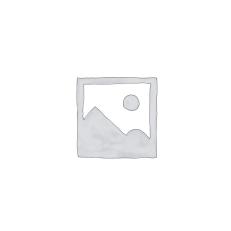Description
ABSTRACT
Mangoes are an important smallholder and commercial crop in Nigeria, and one of the most important commercial crops in Nigeria. To achieve good yields with top quality fruits, mango growers currently rely on regular insecticide applications. This leads to increased costs, the reduction of natural predators and parasitoids that help control the insect pests, increased pest resistance to insecticides residues in the fruits and environmental pollution.
Green ants are efficient predators of a wide range of insect pests in many tropical fruit crops and they are abundant and widely distributed in Nigeria. Previous work in conducted and preliminary results from cashew crops in Nigeria indicate that green ants can control some of the main pests of mangoes.
TABLE OF CONTENTS
COVER PAGE
TITLE PAGE
APPROVAL PAGE
DEDICATION
ACKNOWELDGEMENT
ABSTRACT
CHAPTER ONE
INTRODUCTION
1.1 BACKGROUND OF THE STUDY
- PROBLEM STATEMENT
- AIM/OBJECTIVE OF THE STUDY
- SIGNIFICANCE OF THE STUDY
- PURPOSE OF THE STUDY
CHAPTER TWO
LITERATURE REVIEW
- OVERVIEW OF THE STUDY
- REVIEW OF MANGO PRODUCTION
- REVIEW OF MANGO PESTS & THEIR CONTROL
- TYPE OF ACTIVITY OF INSECTICIDE
- LIST OF INSECTICIDE FOR MANGO
CHAPTER THREE
METHODOLOGY
- STATUS OF MANGO GROWERS
- QUANTITY OF INSECTICIDES AND FUNGICIDES APPLIED FOR MANGO CULTIVATION
- CONSCIOUSNESS TO INSECTICIDES/FUNGICIDES AND OTHER CHEMICALS
- CONCLUSION
- REFERENCES
CHAPTER ONE
1.0 INTRODUCTION
1.1 BACKGROUND OF THE STUDY
Mango (Mangifera indica L.), a member of family Anacardiaceae (Singh, 1968; Litz, 1997), is known as “king of fruits”. It is one of the most significant trees on earth and is now eaten worldwide.
The mango crop is attacked by a number of insect pests that deprive the trees of its nutrients. Mango mealybug (Drosicha mangiferae Green) is the most destructive pest in Indo-Pakistan (Prassad & Singh, 1976; Yousuf, 1993). It is a polyphagous insect, which has been recorded to feed on numerous plant species. Insecticides should only be used when all other methods of control become ineffective for the control of insect pests.
Chemicals are also an important part of integrated pest management (IPM) program and have a number of advantages over alternative methods for insect control. For example, insecticides are always in ready form, easily accessible and a wide range of insecticides are available in the market for the control of insect pest. Intensive, highagricultural production systems have traditionally used synthetic pesticides to eliminate pests as the main tool and sustain the lowest amount of economic damage to the crop.
Insecticides are considered to be the rapid method for the control of insect pests to overcome losses caused by insect pest to crop. Despite various environmental problems caused by the use of pesticides, it is still single most widely used method of insect pest control.
An insecticide is a substance used to kill insects. They include ovicides and larvicides used against insect eggs and larvae, respectively. Insecticides are used in agriculture, medicine, industry and by consumers. Insecticides are claimed to be a major factor behind the increase in agricultural 20th century’s productivity. Nearly all insecticides have the potential to significantly alter ecosystems; many are toxic to humans; some concentrate along the food chain.
Insecticides can be classified in two major groups as systemic insecticide which have residual or long term activity and contact insecticides, which have no residual activity.
Furthermore one can distinguish natural insecticides, such as nicotine, pyrethrum and neem extracts, made by plants as defenses against insects, inorganic insecticides, which are metals, versus organic insecticides, which are organic chemical compounds mostly working by contact.
The mode of action describes how the pesticide kills or inactivates a pest. It provides another way of classifying insecticides. Mode of action is important in understanding whether an insecticide will be toxic to unrelated species, such as fish, birds and mammals.
1.2 PROBLEM STATEMENT
Mango fruit, flowers and leaves is always attack by insect and fungus which affects the production of mango, affect farmer’s economy as well as the economy of the country. This research work provides significant information to protect the mango fruits, flower and leaves from the attack of the pest and thereby will increase the yields which ultimately increase the farmer’s economy as well as the economy of the country.
1.3 AIM AND OBJECTIVE OF THE STUDY
Insecticides are considered to be the rapid method for the control of insect pests to overcome losses caused by insect pest to mango. Despite various environmental problems caused by the use of pesticides, it is still single most widely used method of insect pest control.
The specific aim of present study was to identify the impact of insecticide on mango and how it can be controlled.
The objectives are:
- To investigate the susceptibility of mango to the selected chemical and botanical insecticides;
- To find out the efficacy of different concentrations of selected insecticides in controlling the mango hopper in the laboratory test.
1.4 SIGNIFICANCE OF THE STUDY
Insect attack and fungal diseases control are the emerging issues to protect premature mango fall out in all over the country. The insect and fugal attacks play a negative role for the low yield and poor quality mango production. This seminar exposes the student involved to the need for insecticide on mango and how it can be used to control pests on mongo.
1.5 PURPOSE OF THE STUDY
Mango is a very vulnerable fruit to be attacked by various insects and fungus. Therefore, recommended insecticides and fungicides spray is necessary to control insect and fungus to get better production of mango. The purpose of this seminar is to control the attack of insect and fungal diseases on mango.


Reviews
There are no reviews yet.